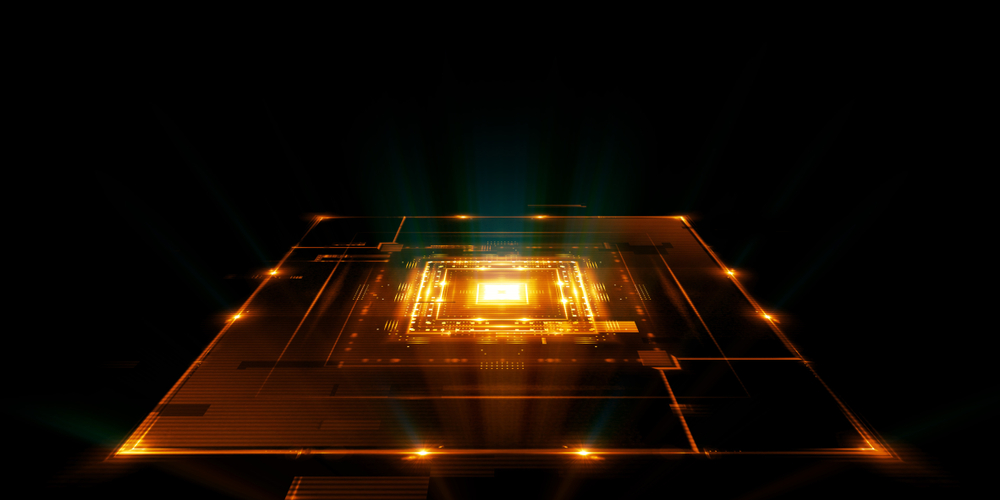There has been a good number of Alder Lake benchmarks that have popped up on the radar. Yesterday’s Geekbench 5 submission (via Benchleaks), however, gives us a first peek into the hybrid processor’s big cores.
Alder Lake-S will go down in Intel’s history as the first hybrid x86 desktop processor, and from how it looks so far, it may be one of the most confusing processor launches. Alder Lake-S brings together a mixture of ‘Big’ Golden Cove and ‘Small’ Gracemont cores. As you would imagine, that gives life to numerous potential configurations. As of this moment, we’ve learned from a Linux driver update that Alder Lake-S could arrive in up to 12 different flavors, assuming that Intel doesn’t have more tricks up its sleeve.
The latest Alder Lake-S sample lacks a name, but given the details that we already know about Intel’s hybrid chips, we don’t doubt its veracity. The processor under test was operating from a motherboard or test platform based on the upcoming LGA1700 socket. Alder Lake-S is pegged to support both DDR4 and DDR5 memory. Although the submission itself doesn’t specify the type of memory, the detailed report revealed the memory running with timings configured to 36-34-34-63. Given the really sloppy timings, the processor was very likely paired with DDR5 memory.
The Alder Lake processor features eight cores and 16 threads, implying that it’s rolling with only the ‘Big’ Golden Cove cores since the Gracemont cores lack Huper-Threading support. The processor appears to feature a 3 GHz base and boost clock, but it may be an early engineering sample. Nonetheless, a previous Alder Lake-S chip emerged with a 4 GHz boost clock. However, it was the 16-core model, alluding to the eight Golden Cove cores and eight Gracemont cores. Will Intel clock the Golden Core-exclusive SKUs higher than the hybrid SKUs, or vice versa? It’s still uncertain how Alder Lake-S will play out.
Unfortunately, the Geekbench 5 submission doesn’t provide us with any meaningful insight into the Alder Lake-S chip’s performance, so it’s unclear how it will stack up in our CPU Benchmarks hierarchy. The OpenCL benchmark only taxes the graphics card, which in this case was a GeForce RTX 2080. So, we can’t really pass judgment on the Alder Lake-S processor’s gaming performance or whether it bottlenecks the Turing-based graphics card or not.
Alder Lake, which is based on Intel’s 10nm Enhanced SuperFin process, will enter mass production in the second half of this year. Not surprisingly, the processors will command fresh LGA1700 motherboards with the 600-series chipset and, of course, DDR5 memory. Upgrading to the new platform certainly won’t be easy on the pockets, and pricing will be the ultimate determinant on whether or not Alder Lake makes an appearance on our list of Best CPUs for gaming.
